BRANCHES OF GOVERNMENT
Unit Overview
In this unit, you are going to learn that the purpose for goverment in the United States is to establish order, protect the rights of individuals and promote the common good.
The Three Branches of Federal Government

The Founding Fathers, the framers of the Constitution, wanted to form a government that did not allow one person to have too much control. With this in mind they wrote the Constitution to provide for the separation of powers. They created three separate branches of government to do this.
Each branch of government has its own responsibilities and at the same time they work together to make the country run smoothly and to assure that the rights of citizens are not ignored or disallowed. This is done through checks and balances. A branch may use its powers to check the powers of the other two in order to maintain a balance of power among the three branches of government.
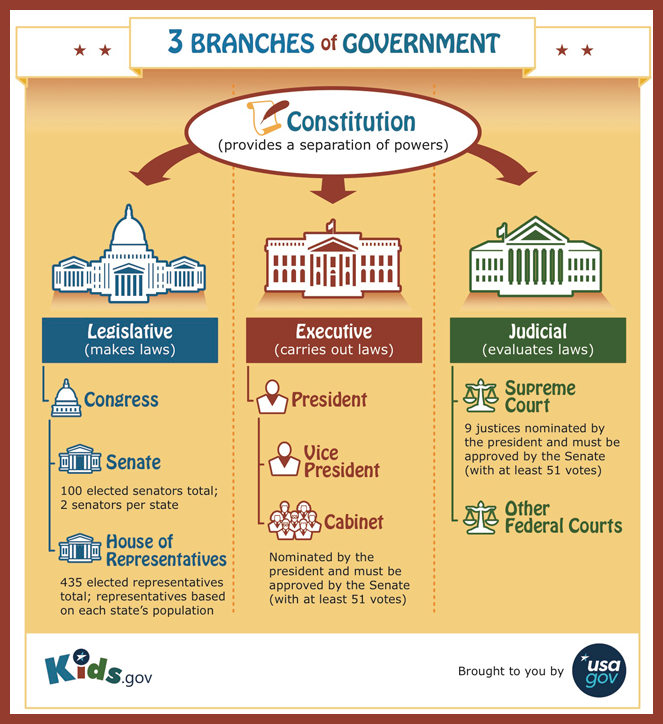
The Executive Branch
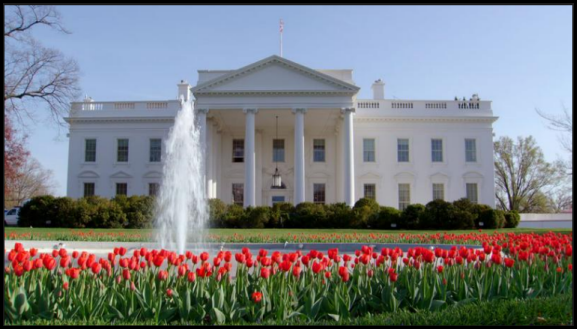
The leader of the Executive Branch is the President of the United States. The President holds all the power for this branch of the government and the other members report to the President. Other parts of the Executive branch include the Vice President, the Executive Office of the President, and the Cabinet. The President is seen as the leader of the US Government and is both the head of state and the Commander-in-Chief of the US armed forces.
One of the main powers of the President is the power to sign legislation from Congress into law or to veto it. A veto means that, even though congress voted for the law, the President does not agree. The legislation can still become a law if two-thirds of both the houses of Congress vote to overturn the veto. This is all part of the balance of powers put into place by the Constitution. One of the jobs of the President is to enforce and implement the laws set in place by Congress. To do this there are federal agencies and departments that work for the President. The President appoints the heads or leaders of these agencies. Some of these people are also in the President's Cabinet.
Other responsibilities of the President include being a diplomat to other nations, signing treaties, and granting pardons to criminals of federal crimes. To further balance power and to keep too much power from any one person, the President is limited to two four-year terms in office. The President and the First Family live in the White House in Washington DC.
The Constitution states three requirements for a person to become President: 1) at least 35 years old; 2) a natural born US citizen; 3) live in the United States for at least 14 years.
The main job of the Vice President is to be ready to take over for the President if something should happen to the President. Other jobs include breaking a tie in voting in the Senate and advising the President.
The Cabinet is an important and powerful part of the Executive Branch. It is made up of the heads of 15 different departments. They all must be approved by the Senate.

The Legislative Branch

The Legislative Branch is also called the Congress. There are two parts that make up Congress: the House of Representatives and the Senate. The Legislative Branch is the part of the government that writes up and votes on laws. This is also called legislation. Other powers of the Congress include declaring war, confirming Presidential appointments for groups like the Supreme Court and the Cabinet, and investigating power.
There are 435 total Representatives in the House. Each state has a different number of representatives depending on their total population. States with more people get more representatives. The more people that live in the state, the more representatives that state has. Every state has at least one representative no matter how small it is. Representatives are elected every two years. They must be 25 years old, have been a US citizen for at least 7 years, and live in the state they represent. The Speaker of the House is the leader of the House of Representatives. The House elects the member they want to be the leader. The Speaker is third in line in succession to the President.
The Senate
The Senate has 100 members. Each state has two Senators. Senators are elected every 6 years. To become a Senator a person must be at least 30 years old, have been a US citizen for at least 9 years, and must live in the state they represent.
For a law to be made it must go through steps called the Legislative Process. The first step is for someone to write a bill. Anyone can write a bill, but only a member of Congress can present it to the Congress. Next, the bill goes to a committee that is an expert on the subject of the bill. Here the bill may be rejected, accepted, or changed. The bill may go to a number of committees. Experts are often brought in to witness and give their opinions on the pros and cons of a bill. Once the bill is ready and the committee agrees, it goes before the entire Congress. Both the House and the Senate will have their own debates about the bill. Members will speak for or against the bill and then the Congress will vote. A bill must get a majority of the votes from both the Senate and the House of Representatives to pass. The next step is for the President to sign the bill. The president can sign the bill into law or choose to veto the bill. Once the President vetoes a bill, Congress can then try to override the veto by getting two thirds of the vote from both the House and the Senate. Only around 5% of bills introduced in Congress eventually become law.

In addition to making laws, Congress has other responsibilities and powers. These include creating an annual budget for the government and taxing the citizens to pay for it. Another important congressional power is the power to declare war. The Senate has the specific job to ratify treaties with other countries. The Senate has the specific job to ratify treaties with other countries. They also do the following: confirm presidential appointments, perform government oversight, make sure that the government is spending the tax money on the right things and ensure that the different branches of government are doing their jobs.
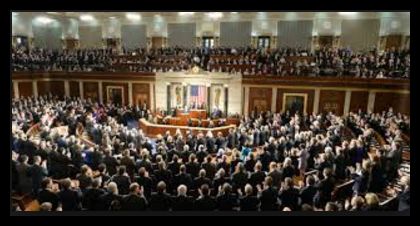
The Judicial Branch

The Judicial Branch of the government is made up of judges and courts. Federal judges are not elected by the people. They are appointed by the president and then confirmed by the Senate. There is an hierarchy of federal courts in the United States. At the lowest level are 94 U.S. District Courts which cover different regions of the country and handle most federal cases. Above the District Courts are the 13 Courts of Appeals. At the top of the Judicial Branch is the Supreme Court. The Supreme Court has the final say.

Federal judges are appointed for life. They can only be removed from office by death or by impeachment from Congress. This is to allow judges to make decisions based on their conscience and not on what they feel they need to do to get elected. The job of the courts is to interpret the laws of the Congress. They do not make laws. They also only make decisions on actual cases where someone has shown that they have been harmed.
The highest court in the United States is the Supreme Court. The Constitution does not say how many Supreme Court Justices there should be. There have been as few as 6 justices in the past, but since 1869 there have been 9 justices. The President nominates all the Supreme Court members and the Senate confirms them. They hold their offices for life. The Supreme Court does not have many trials. What they mostly do is review cases that have been appealed from the lower courts. Not all cases that are sent to the Supreme Court are reviewed. Around 7,500 requests are sent to the Supreme Court each year and they only consider around 150 important enough to review.
The Constitution states that every person has the right to a fair trial before a competent judge and a jury of their peers. The Bill of Rights adds to this guaranteeing other rights such as a speedy trial, the right to legal representation, the right not to be tried for the same crime twice, and protection from cruel punishments. Once arrested for a crime, the accused will get to appear before a judge to be charged with the crime and to enter a plea of guilty or not-guilty. Next, the accused is given a lawyer and is given time to review the the evidence and build up their defense. If the acused cannot afford his or her own lawyer, then they will be appointed a public defender from the state. Then the case is tried before a judge and a jury. If the jury determines that the defendant is not-guilty, then charges are dropped and the accused goes free. If the jury has a guilty verdict, then the judge determines the sentence. If one side feels that the trial wasn't handled correctly or fairly, they can appeal to a higher court. The higher court may overturn the decision or keep it the same. The highest court is the Supreme Court. There is no appealing a Supreme Court decision.
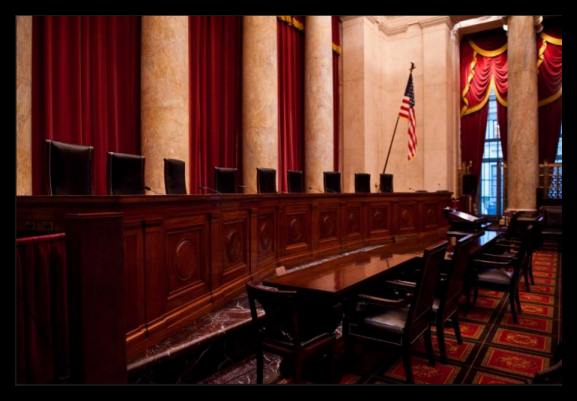
Checks and Balances
The Constitution created three separate branches of the government: the Legislative Branch (the Senate and House), the Executive Branch (President, Vice President, Cabinet), and the Judicial Branch (the court system). In order to make sure that one branch did not become too powerful, the Constitution has "checks and balances" that enable each branch to keep the others in line.
The powers of the government are "balanced" between the three branches. Each branch has different powers. For example, the Congress makes laws, sets the budget, and declares war. The President appoints judges, is Commander in Chief of the military, and can grant pardons. Finally, the Supreme Court interprets the law and can declare a law unconstitutional.
Each branch has "checks" on it from the other branches that are meant to keep the branch from becoming too powerful.
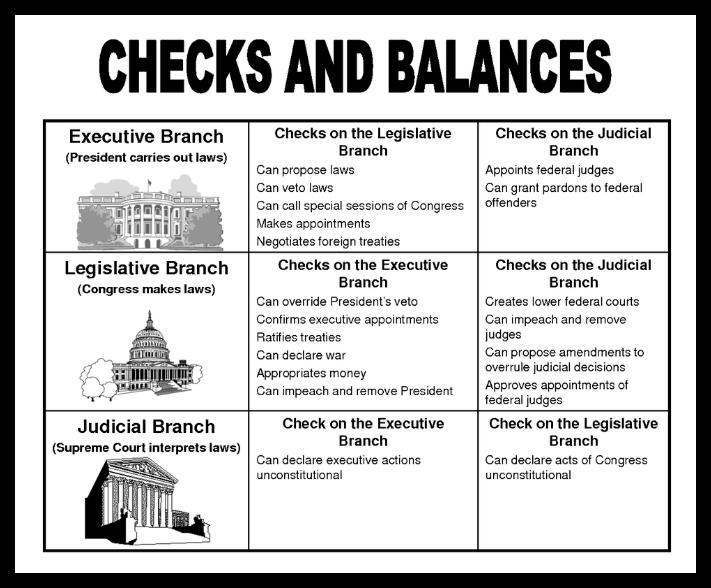
The Congress
The President can check Congress by vetoing a bill. When the President vetoes a bill it has to go back to Congress and must be passed by a two-thirds majority in order to become a law. The Executive Branch also has some presence in the Senate as the vice-president is considered president of the Senate. The vice-president becomes the deciding vote in the case of a tie in the Senate. The Supreme Court can check the Congress by declaring a law unconstitutional. This check is not actually part of the Constitution but has been considered a part of the law since the landmark ruling of Marbury V. Madison in 1803.
The President
Congress can check the power of the President a number of ways. The first way is through impeachment where the Congress votes to have the president removed from office. The next way is through "advice and consent." While the president can appoint judges and other officials, the Congress must approve of them. The Supreme Court can check the president by declaring executive orders as unconstitutional.
The Courts
Congress can check the power of the courts through impeachment. It can vote to remove judges from office. Many more judges have been impeached than presidents. The President checks the power of the courts by appointing new judges. The power of the Supreme Court can swing greatly on a single appointment. Congress has a part in this check as well because they must approve the President's appointment.
The Roles of Government
The Tenth Amendment of the Constitution says that the powers of the United States Government are limited to only those stated in the Constitution. Any remaining powers are kept by the States and the people. This allows the States and the people to keep the power of the federal government in check through the Constitution.

State Government
Each state has its own constitution that runs the laws of the state that are not covered by the federal government. Today, all the states governments are modeled after the federal government. They each have three branches of government including the Executive, Legislative, and Judicial Branches.
The head of the government in each state is the governor. Other parts of the executive branch may include the lieutenant governor, attorney general, and the secretary of state.
Just like with the federal government the states have legislatures that make up the state laws, handle the budget, and levy taxes. Every state but Nebraska has two houses similar to the federal government. This is called a bicameral legislature. Nebraska just has a single house.
Most State's Judicial Branch is similar to the Federal system where there is a State Supreme Court and then lower courts below them that handle the day-to-day cases.
Local Government
State and local governments handle many of the systems that we use and come into contact with on a daily basis. These include schools, police departments, fire departments, libraries, parks, and more.
Below the state government is the local government. There are even separate levels of government here. At the first level is the county government. Sometimes these are called boroughs or parishes. The next level is the city or town government. The powers and responsibilities between counties and cities can vary widely from state to state. In some states there is almost no county government, where in others the county is an important part and may be responsible for something as important as funding schools. Cities, or municipalities, often take care of things like police and fire departments, local courts, public transportation, streets, signs, and parks.
Local governments get their taxes in different ways to pay to run the government. Almost all states have a sales tax that adds to most purchases. This money goes to the local government to help pay for services. Most states have an income tax as well. Another major tax is property tax. If you own a home or a building or a piece of land, you will have to pay a property tax bill. This money generally helps pay for the school system, roads, and police/fire departments.
Print and complete the activities below!
Branches of Government Reading Passage
Three Branches of Government Review
Now answer the questions!